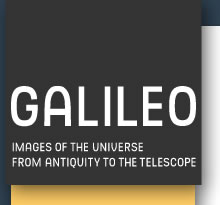


Anaximander (5th century B.C.) conceived of the Earth as a cylindrical column inhabited on its upper face. For the first time, he declared our planet equidistant from all the points in the heavenly vault, suspended, devoid of support and motionless in the centre of the universe, while the heavens rotated eternally. We probably owe to Pythagoras and his circle the notion that the Earth is spherical, a notion which had been definitely acquired by Plato's time. The intuition that the Earth rotates on its own axis, thus explaining the daily movement of the stars, was also attributed to the Pythagoreans in ancient times. The movement of the firmament and of the planets takes place amid celestial harmonies and is governed by specific mathematical relationships. In the 4th century B.C. a pupil of Plato, Heraclides Ponticus, dared to venture that Mercury and Venus revolve around the Sun, although he agreed that the Sun still revolves around the Earth.
Aristotle and the four elements
A pupil of Plato, Aristotle thought that the four basic elements that make up matter - earth, water, fire and air - moved up or down in a straight line according to their weight. He posited uniform circular motion for the heavenly bodies because they were made up of a fifth element, the ether.
The theory of the four elements had a major influence on Western and Arab culture for a very long time thereafter. It was frequently echoed in works of art right up to the beginning of the Modern Era, as we can see in these two paintings by Brueghel the Younger.